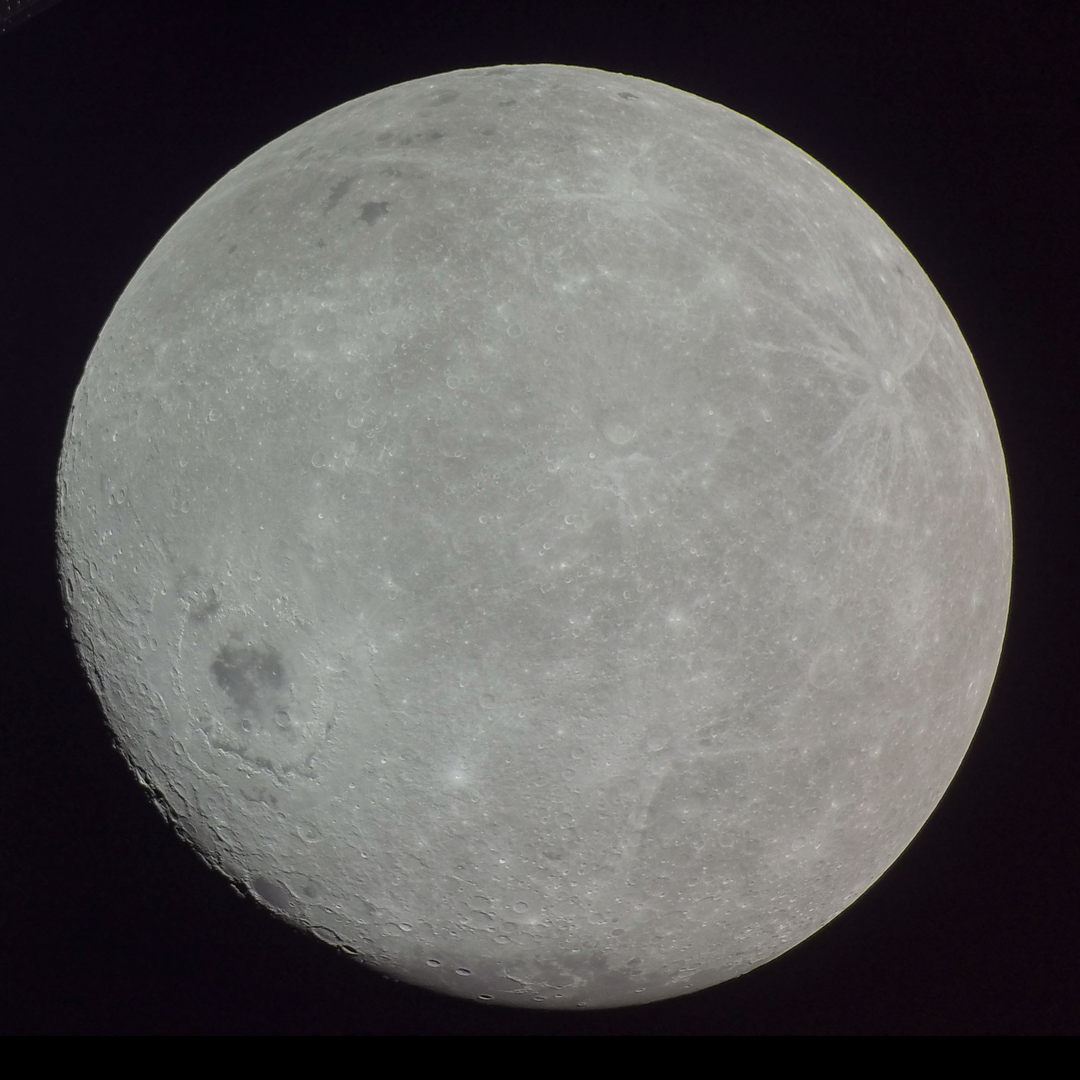The gravitational interaction between the Earth and Moon has led to one hemisphere of the Moon being locked facing away from Earth. Don’t be misled though, the Moon does rotate, it just takes as long to rotate once on its axis as it…
Blog
-

Statins Linked to Survival in Prostate Cancer
A new cohort study analysing individual patient data from 2,187 men enrolled in the SPARTAN and TITAN trials has found that statin exposure is associated with superior overall survival in patients with advanced prostate cancer treated with…
Continue Reading
-

Apple’s iPhone Spyware Warning—The 3 Settings To Check Now
Check your iPhone now.
getty
Apple has now issued multiple warnings to iPhone users as “mercenary spyware” is detected in the wild. These start as highly targeted attacks on specific groups of individuals. But the exploits then filter down the…
Continue Reading
-

Tibetan Collective Wins 2025 Rubin Museum Himalayan Art Prize
On October 9, the Rubin Museum of Himalayan Art announced Khadhok, a Dharamsala-based Tibetan artist collective, as the recipient of this year’s Rubin Museum Himalayan Art Prize. Established in 2024, the annual USD 30,000…
Continue Reading
-
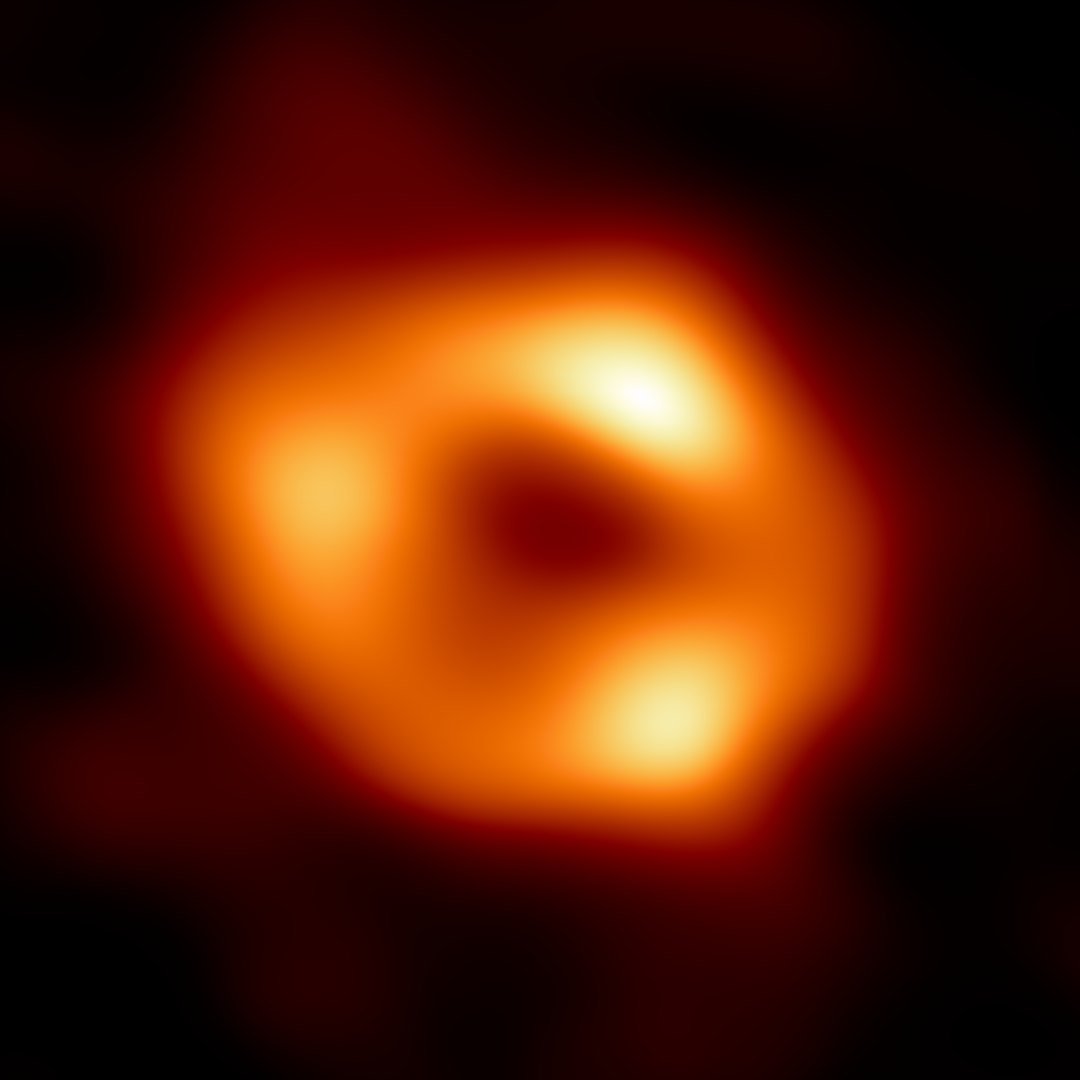
Hunting for Pairs of Monster Black Holes
When galaxies collide, it’s not a gentle affair but it does take millions of years. Over this time the two massive star systems slowly merge together, their gravitational pull drawing them closer. At the heart of each galaxy lies a…
Continue Reading
-

Relationship between perceived stress, resilience, mental health, and
Introduction
Migraine is a common neurological disorder characterized by recurrent episodes of moderate to severe headaches, often accompanied by symptoms such as nausea, vomiting, and sensitivity to light and sound. It is a leading cause of…
Continue Reading
-
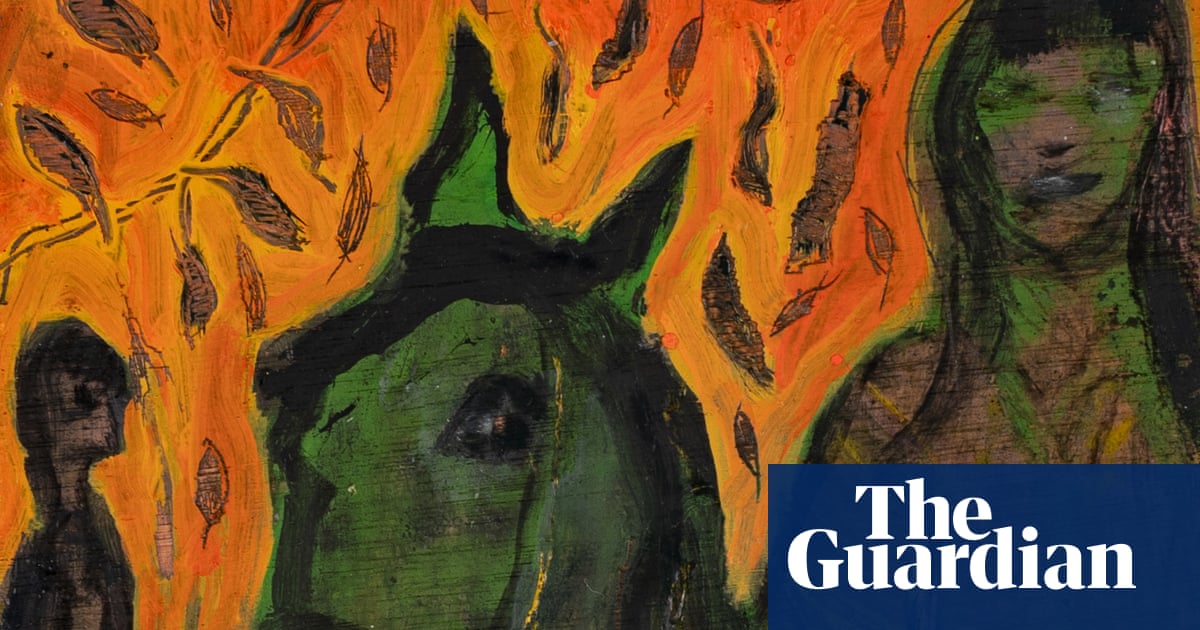
Kate Bush and artists harness power of Running Up That Hill for War Child appeal | Kate Bush
Kate Bush is harnessing the power of her global hit Running Up That Hill in collaboration with leading names in British art to raise money for children caught up in global conflicts.
The singer-songwriter invited 52 visual artists to respond to…
Continue Reading
-
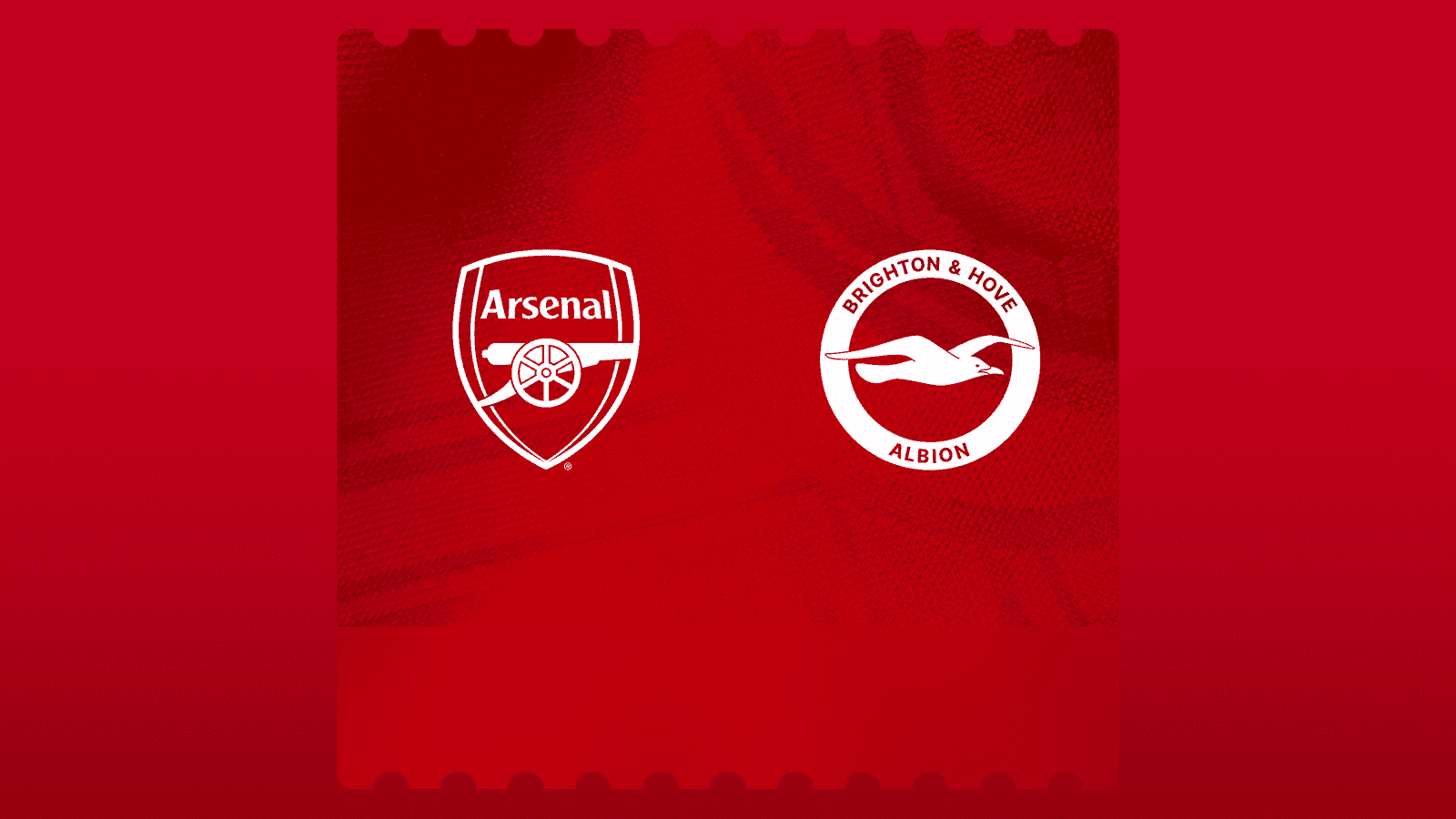
Ticket info: Arsenal v Brighton
Below is ticketing information for our Premier League fixture against Brighton & Hove Albion at the Emirates Stadium on Saturday, December 27 at 15:00 pm.
Please note that the time and date of this match may be changed due to TV broadcast…
Continue Reading
-

Women In Music Awards 2025: New Artist winners Alt Blk Era | Interviews
At this year’s Women In Music Awards, we celebrated the achievements of 13 game-changing executives and artists as the industry came together to honour their work. Music Week has spoken to all 13 winners to tell their…
Continue Reading
-
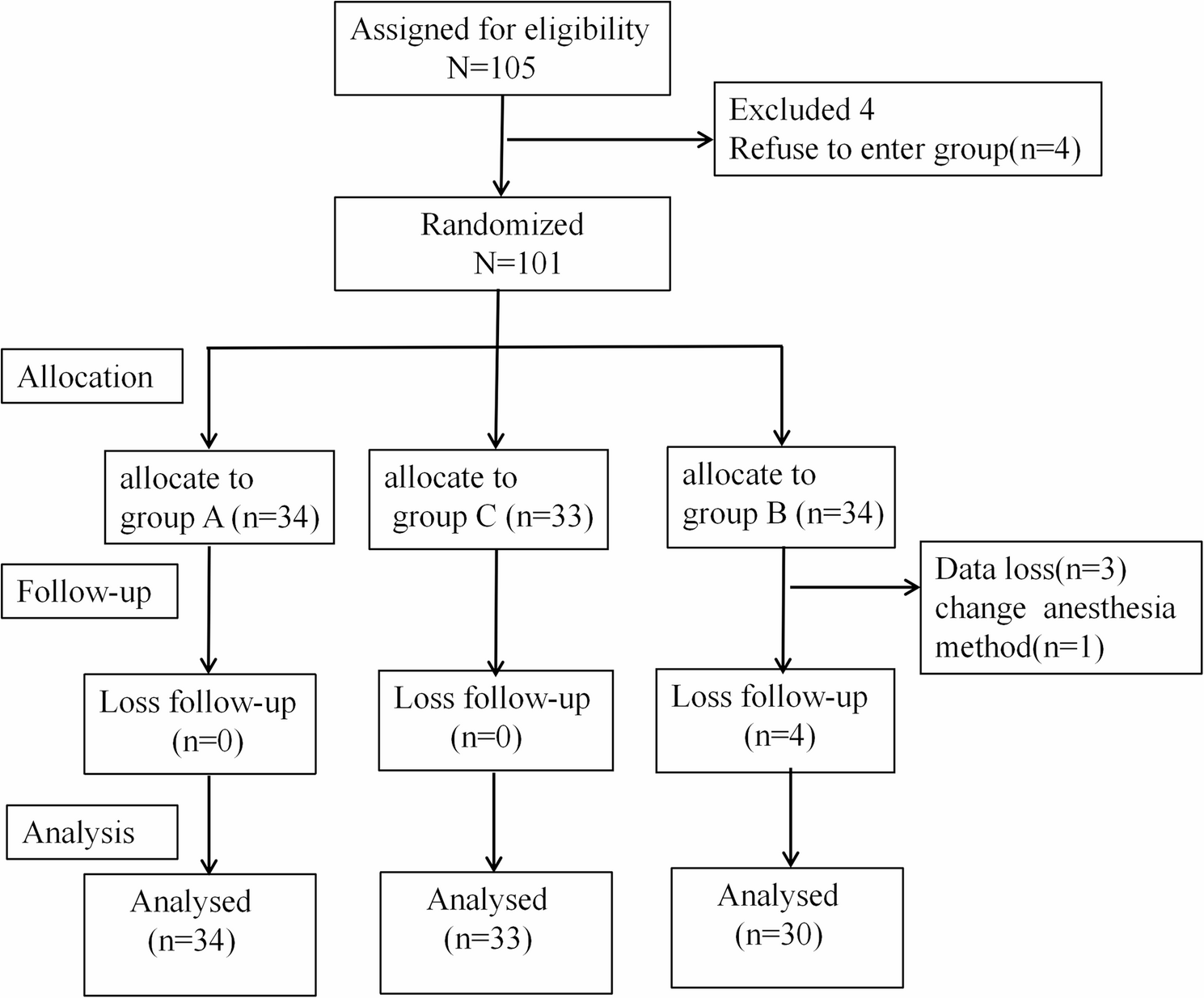
Feasibility and safety evaluation of remimazolam in geriatric patients during bronchoscopy: a single-centre randomized controlled trial | BMC Anesthesiology
Human ethics and consent and trail registration
The trial was performed and reported accordance with the CONSORT guidelines for interventional trials at the Hangzhou First People’s Hospital, School of Medicine, Westlake University, following approval by the Ethics Committee (2020YLSD003- 01).We provided written forms to all the participants involved in the research which illustrated the research purpose, process, the risks and benefits, and obtained their individual or guardian participants written informed consent from July 2021 to December 2021. And the trail was registered at the Chinese clinical trial registry (2021/06/19,ChiCTR2100047459).
Patients inclusion and exclusion criteria
The inclusion criteria were as follows: (1) patients aged 60 ~ 80 years old with an American Society of Anesthesiologists (ASA) class I or II; (2)Geriatric patients with respiratory diseases undergoing elective FB treatment (routine bronchoscopy and some simple FB treatments including transbronchial needle aspiration biopsy, transbronchial brushing, and bronchoalveolar lavage); (3)body mass index < 30 kg/m2. The exclusion criteria were as follows: (1)operation time > 30 min; (2)neuropsychiatric diseases and taking related medications; (3) target organ damage such as liver, kidney, heart and brain; (4)allergies to anesthetic drugs; (5)cannot cooperate with doctors; (6)uncontrolled hypertension, heart disease, diabetes and other diseases.
Randomization and grouping
A total of 105 elderly patients who underwent bronchofiberoscopy were enrolled in this study. By using a list of numbers generated by the QuickCalcs (GraphpadPrism 7),the patients were randomly assigned to three groups (n = 35 each).
Grouping: Group A (remimazolam + fentanyl + local anesthesia): intravenous injection of remimazolam 0.2 mg/kg and fentanyl 0.5 µg/kg for sedation,10 ml 2% lidocaine spraying pharynx and tracheal mucosa for local anesthesia; Group B (midazolam + fentanyl + local anesthesia): intravenous injection of midazolam 0.075 mg/kg and fentanyl 0.5 µg/kg for sedation, 10 ml 2% lidocaine spraying pharynx and tracheal mucosa for local anesthesia; and an additional dose with fentanyl 25 µg every 5 to 10 min for the either group if necessary; Group C (local anesthesia): 10 ml 2% lidocaine spraying pharynx and tracheal mucosa for local anesthesia.
Experimental protocols
The patients were instructed to fast before the operation. Electrocardiogram (ECG), heart rate (HR), saturation of pulse oximetry (SpO2),non-invasive blood pressure (NBP), respiratory rate(RR), end-tidal carbon dioxide (PetCO2) and bispectral index (BIS) were monitored in the operating room with the patient in supine position. Group A was inducted by intravenous injections of remimazolam 0.2 mg/kg and fentanyl 0.5 µg/kg for sedation/analgesia. Group B was inducted by intravenous injections of midazolam 0.075 mg/kg and fentanyl 0.5 µg/kg for sedation/analgesia. Group C was performed by spraying 2% lidocaine on the surface of tracheal mucosa without any other special treatment.
The endoscopic operation process was performed by an experienced respiratory physician. Each patient in Gruop A, Group B and Group C was assisted with local anesthesia by spraying 10 ml 2% lidocaine when the fiberoptic bronchoscope first entered the glottis, carina, and left and right bronchus, and then fiberoptic bronchoscopy was performed.
When the Modified Observer’s Alertness/Sedation (MOAA/S) score was ≤ 3, bronchoscopy was started. If a persistent cough occurs during the operation and body movement affects the operator’s operation, 25 µg of fentanyl can be administered every 5 to 10 min until a maximum of 200 µg is achieved. It was designated a treatment failure if the degree of sedation was still insufficient for the operation. Every patient was sent to the post-anesthesia care unit (PACU) after operation. Patients can exit PACU until regained consciousness and completed command actions, recovered orientation ability, and raised the head while supine for more than 10 s.
Measurement of endpoints
Primary endpoints
The vital signs including HR, BP, MAP, SpO2,RR, PetCO2, BIS were recorded at four times. T0: the time patient was awake while breathing room air pre-anesthesia, T1: the post-anesthesia induction state under nasal cannula oxygen inhalation (oxygen flow rate 3–5 L/min), T2: the time when the bronchoscopy was inserted into the glottis, T3: the postoperative at the time of completion, T4: when the patient wakes up.
The rate of adverse events was recorded. Including intraoperative coughing, hypoxemia, and other adverse events (including blood pressure fluctuation > 20% before anesthesia, bradycardia or tachycardia, arrhythmia, larynx or bronchospasm, etc.).
Record the MOAA/S scores of groups A and B at each time point from T1 to T4: 5 points – Responds readily to name spoken in normal tone; 4 points – Lethargic response to name spoken in normal tone; 3 points – Responds only after name is called loudly and/or repeatedly; 2 points – Responds only after mild prodding or shaking; 1 point – Responds only after painful trapezius squeeze; 0 point – Does not respond to painful trapezius squeeze.
Secondary endpoints
Record the onset time of the drugs, operation time (the time from the beginning of insertion of the bronchoscopy to the completion of the insertion), and recovery time (have command action, recovery of orientation ability, time to raise the head in supine position >10 s). Assessment of surgeon satisfaction (excellent: the opening of the glottis is excellent; good: the opening of the glottis is good, the mirror placement is smooth, and the patient’s cooperation is good; poor: the opening of the glottis is not opening properly, there is obvious body movement or coughing, which leads to mirror withdrawal affecting the operator’s operation), patients satisfaction (satisfactory: there was no discomfort during the bronchoscopy; moderate satisfactory: there was mild discomfort during the bronchoscopy and willing to accept a re-examination; unsatisfactory: patient felt extremely uncomfortable during the bronchoscopy and was unwilling to go through it again).
Statistical analysis
The sample size for calculating the difference in recovery time between the two groups was determined using G-power (version 3.1.9.2, α = 0.05, power = 0.8) depending on our preliminary study results (intervention group: mean = 2.26, SD = 2.08; control group: mean = 4.25, SD = 3). A total of 28 patients were required per group, and considering an expulsion rate of 0.2, the sample size was increased to 35 patients per group.
All variables were expressed as numbers, mean (SD) or median (interquartile range). Statistical analysis was performed using the SPSS25.0 Software and the measurement data was normally distributed using the Shapiro-Wilk test. The normally distributed measurement data were expressed as mean ± standard deviation (X ± s), and the comparison between groups was analyzed by one-way ANOVA, and the Bonferroni multiple comparison test was performed, and the Welch test was used for heterogeneity of variance. Non-normally distributed continuous variables were expressed as medians (interquartile ranges), and analyzed using nonparametric tests (Kruskal-Wallis H test). Counting data were compared using chi-square test or Fisher test, and Bonferroni correction test was used. Bilateral P < 0.05 was considered statistically significant.
Continue Reading
